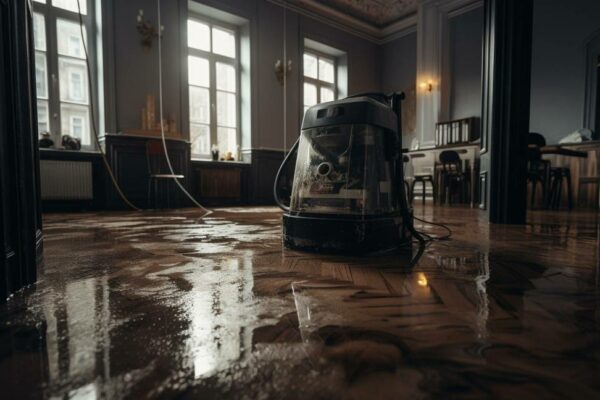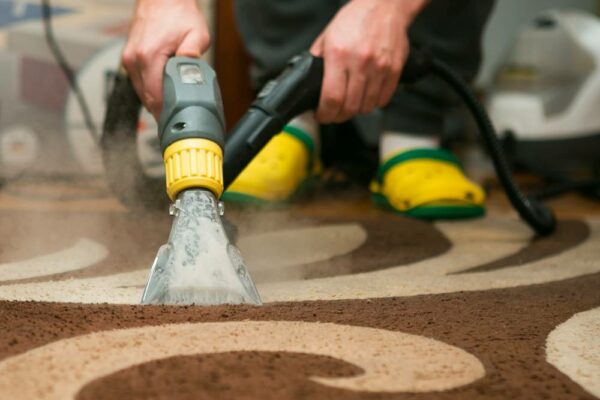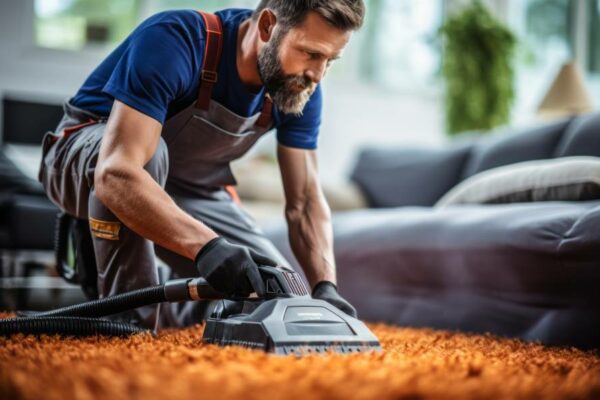How Do You Restore Water Damage?
August 19, 2021
Water damage can be devastating for your home. It is important to take steps to mitigate it as soon as possible, and professionals are trained to take all of the steps necessary to remove the water and restore your property. Although each situation is different, the general steps stay the same. Continue reading to learn the steps taken to restore water damage.
Step 1: Call Your Emergency Contact
You should have the name of a professional service that can come out in an emergency. Every minute can lead to greater damage, so call the emergency contact as soon as you notice water damage.
Step 2: Inspect and Assess the Water Damage
It is important to look at the damage and assess the extent of it. Find the source of water causing the damage and stop it if possible. Then, look at how much damage has accrued. Make sure that there aren’t any safety issues, and move furniture out of the area. You can place heavier furniture up on blocks and remove other items to another area.
Step 3: Remove the Water
Once you have assessed the situation, the next step is to remove the water. Professionals who do water damage restoration will perform a water extraction using equipment they have; they might have a truck with a pump that can remove many gallons of water very quickly. This will help to reduce the time it takes to dry, and it can help prevent further damage or the growth of mould.
Once the water is removed, they will inspect any carpeting and padding to see if it should be removed. They will use tools to measure how much saturation has occurred and how much moisture is still there. This helps them form a plan for restoring your home.
Step 4: Drying and Dehumidifying Your Home
Once the water is removed, your walls and floors may still be wet when you touch them. A lot of materials that are used to construct homes will hold a lot of water. This includes drywall and wood, which are both porous. If the water stays on these materials, they will break down, warp, swell, and more. In addition, mould will grow.
A professional will start by bringing in dehumidifiers and dryers or fans to get as much moisture as possible out. They have special equipment that is made specifically for this job. They can use moisture meters to monitor the progress so that they know when the materials are dry. They will monitor both the walls and the floors. This is an important step in restoring your home after flood damage.
Step 5: Cleaning and Repairing
Once the walls and floors are dry, they will need to be cleaned and repaired. You may have furniture and other personal items that need to be cleaned as well. Some may need odour removal or deodorisation treatments. There are different processes for cleaning, including wet cleaning, spray and wipe, foam cleaning, and abrasive cleaning. Some items may need dry cleaning. A professional will know exactly which processes work best for each situation.
Odour removal and deodorisation is critical to this process as well. Otherwise, a musty odour can remain behind. It can’t be cleared by air fresheners or other treatments. Sanitising treatments are also important, and they might include antimicrobial and antibacterial treatments. It is important to sanitise and disinfect the parts of your home that were damaged.
Step 6: Restoring Your Home
The final step is restoring your home to its original condition. The extent of this step depends on the extent of the damage. You may need drywall, flooring, or other parts replaced, and your home will be as good as new when it is completed.
Other news

How To Extract Water from Carpet
December 22, 2023
Water getting into your home can happen in different ways – floods, spills, or leaks are the usual suspects. Floods can soak carpets in water really quickly; spills are mostly accidental and con...
Read the article
How Long Does It Take to Repair After a Flood?
November 21, 2023
Floods are one of the most devastating natural disasters that can affect a community. They can cause significant damage to homes, businesses, and infrastructure, leaving people displaced and strugglin...
Read the article
How Long Would a Carpet Take to Dry?
October 19, 2023
When it comes to cleaning carpets, one of the most common questions that people have is how long it would take for the carpet to dry. After all, a wet carpet can be a major inconvenience and can also ...
Read the article